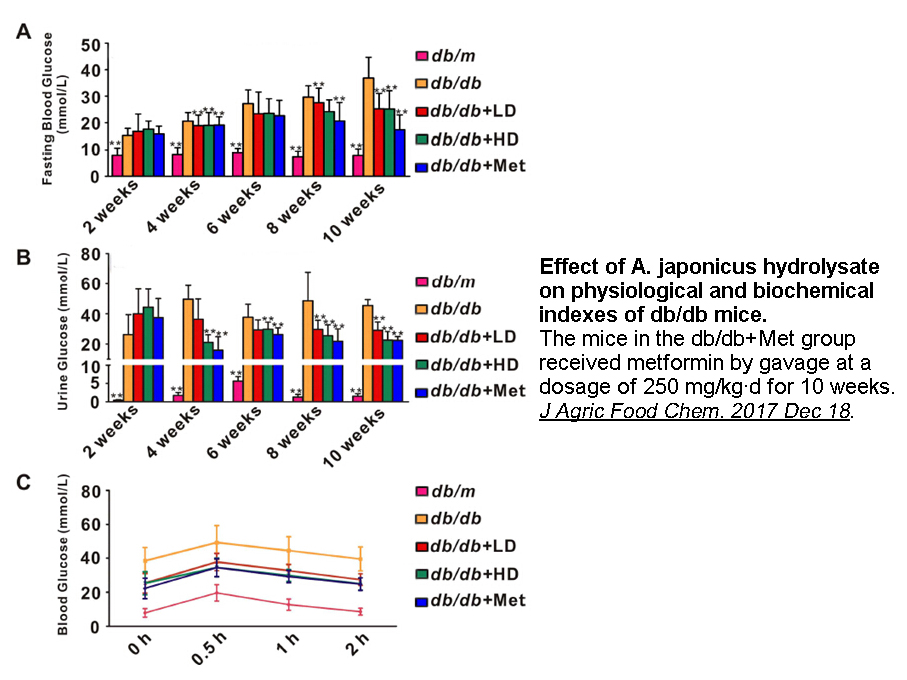Archives
A second and perhaps more
A second and perhaps more philosophical implication of our findings relates to the vital importance of social connections, trust and tolerance in our communities. These are hallmarks of social capital, and yet social, political and media commentary often laments their erosion in this modern era of social media, frenetic ‘busyness’ and global uncertainty. As articulated in Sheryl Turkle’s recent book, Alone Together (Turkle, 2012) the ways in which people interact and forge relationships has undergone massive change, and continues to do so. By contrast, humans have been drawn to companion animals since early civilization, and they remain a relative constant in many people’s lives; a tangible constant that our findings suggest can yield positive social capital benefits of an enduring kind.
Conclusion
Acknowledgements
This research was funded by a grant from the WALTHAM Centre for Pet Nutrition (a subsidiary of Mars Petcare).
Introduction
Social capital has several definitions in the literature. Putnam (2001) defined social capital as “features of social organizations such as networks, norms, and as trust that facilitate coordination and cooperation for mutual benefit”. Harpham, Grant, and Thomas (2002) defined social capital as “the degree of connectedness and the quality and quantity of social relations in a given population” and emphasized its aspects of social networks. Bourdieu referred to social capital as a “collective of actual or potential resources linked and shared by institutionalized relationships, so to speak, group membership” (Bourdieu, 1986). Bourdieu regarded social capital as instrumental so the group membership and networking are a form of investment to thrive for resources (Bourdieu, 1986).
Despite the multitude of definitions of social capital, there are major attributes that penetrate the concept. Social capital is both a tangible and an intangible resource available at both the individual and herpes simplex virus type 1 level. The production and use of social capital occur between and among people (relationships) who are pursuing certain shared goals. The use of social capital can help people to take actions toward their goals. For example, trust, a critical feature of social capital, underpins developing and promoting a policy in a given society (Gilson, 2003).
The positive effects of social capital on health have been well studied. People with high social capital have better health outcomes—including higher self-rated health status and lower mortality (Kawachi, Kennedy, & Glass, 1999). The impact of neighborhood factors on birth outcomes, such as low birth weight, is well documented (Metcalfe, Lail, Ghali, & Sauve, 2011). The importance of social capital is greater for marginalized population such as homeless individuals (Hwang et al., 2009) and women in vulnerable and deprived situations (Vyncke et al., 2014).
Methods
Results
Discussion
This study is one of the first studies to examine the association between subdomains of social capital on health outcomes among PLWH in the United States. The importance of social capital for PLWH has been more highlighted as utilization of social networks and media increase. Among PLWH in an international study, social capital has been found to be associated with both physical and mental health (Webel et al., 2012) as well as lower HIV symptom intensity (Webel et al., 2015). Noke and colleagues also found that social capital and social support was positively associated HIV medication adherence and self-efficacy mediated the relationship with HCP (Nokes et al., 2012).
Community participation, often assessed by asking about memberships in community organizations or groups has been one of the important domains of social capital. For example, Kawachi et al. (1999) assessed social capita l in the United States by using three questions regarding civic trust, perception of reciprocity, and community group membership. Our participants did not benefit from this aspect of social capital to have better QoL. Rather, community participation had negative effects on QoL and its effect was partially (11.3%) mediated by PLWH’s engagement with their HCP. Our sample included a large portion of socioeconomically marginalized people and their community participation rate was low. It is also important to note that 46% of our sample was African Americans. Social capital’s protective effect was smaller for African Americans compared to Whites Americans, and social capital had a detrimental effect on health in disenfranchised African American communities (Gilbert & Dean, 2013). In particular, community participation increased mental distress for residents living in impoverished community (Mitchell & LaGory, 2002). Sixty-five percent of our study participants experienced depressive symptoms and low self-esteem (Eller et al., 2014).
l in the United States by using three questions regarding civic trust, perception of reciprocity, and community group membership. Our participants did not benefit from this aspect of social capital to have better QoL. Rather, community participation had negative effects on QoL and its effect was partially (11.3%) mediated by PLWH’s engagement with their HCP. Our sample included a large portion of socioeconomically marginalized people and their community participation rate was low. It is also important to note that 46% of our sample was African Americans. Social capital’s protective effect was smaller for African Americans compared to Whites Americans, and social capital had a detrimental effect on health in disenfranchised African American communities (Gilbert & Dean, 2013). In particular, community participation increased mental distress for residents living in impoverished community (Mitchell & LaGory, 2002). Sixty-five percent of our study participants experienced depressive symptoms and low self-esteem (Eller et al., 2014).